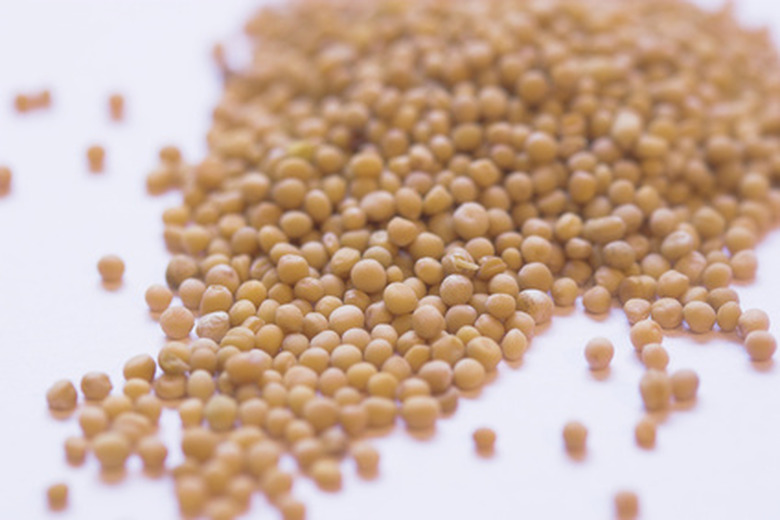Mustard Tree Facts
The mustard tree has been grown and written about by various cultures for centuries. Mustard trees have been found in various locations throughout the Middle East and the Indian sub-continent. The seeds are one of the smallest in the world and is considered a spice in many parts of the world, making its way along trading routes during history.
The mustard tree has been grown and written about by various cultures for centuries. Mustard trees have been found in various locations throughout the Middle East and the Indian sub-continent. The seeds are one of the smallest in the world and is considered a spice in many parts of the world, making its way along trading routes during history.
Identification
The mustard tree is labeled Salvadora perisica in scientific communities. The plant is classified by horticulturalists as an evergreen shrub. The mustard tree reaches a height of 20 feet and can be as wide as it is tall with low branches being very close to the ground. The leaves are oval; starting out as dark green and progressing to a light green as the tree ages. The flower is green or yellow and is found in long tendrils. The fruit of the tree is purple with pink or purple seeds.
- The mustard tree has been grown and written about by various cultures for centuries.
- The mustard tree reaches a height of 20 feet and can be as wide as it is tall with low branches being very close to the ground.
Geography
Persia, now Iran, is where mustard trees originated. Because of this, the tree grows best in hot, arid climates with well-draining sandy soil. Other areas where mustard trees are found include the Orient, East Indies and northern Africa. Mustard trees can be grown in the United States but only within hardiness zones 7 through 11 (mainly in the south). Mustard trees cannot grow well in humid climates where the tree may become stunted and have problems with mold.
Uses
Mustard trees have a variety of uses. Toothbrushes are made from the branches in rural communities because they contain properties that resist bacteria and plaque. The fruit is eaten for nutrition as well as the seeds; the Punjab region uses the fruit as a dried sweet similar to currants. Landscapers use mustard trees for shading because of the low branches and low-growing height. Animals can feed on the tree shoots.
- Persia, now Iran, is where mustard trees originated.
- Toothbrushes are made from the branches in rural communities because they contain properties that resist bacteria and plaque.
Literature
Mustard trees have been used in literature for centuries. The best known is the Bible where it is included in parables and writings of the disciples Mark, Peter and Luke. Various books have been written with mustard trees being in the title of the book. A 1912 title, "The Mustard Tree: An Argument on Behalf of the Divinity of Christ," by O.R. Vassall Phillips is one example. Most works which use the mustard tree as part of the literature base themselves on, or describe the use of the tree in, the Bible.
Seeds
The different types of mustard trees produce varying seeds. The white mustard tree produces a round seed that is used for mild flavoring and pickling. The black mustard tree also produces hard round seeds; these seeds are more spicy compared to white mustard seeds. Brown mustard trees produce seeds similar to black mustard trees but the seeds have less flavor and is often used in fried foods. Seeds from these trees can also be crushed and used as a spice for meat, deviled eggs, baked beans and succotash.
- Mustard trees have been used in literature for centuries.
- The white mustard tree produces a round seed that is used for mild flavoring and pickling.
